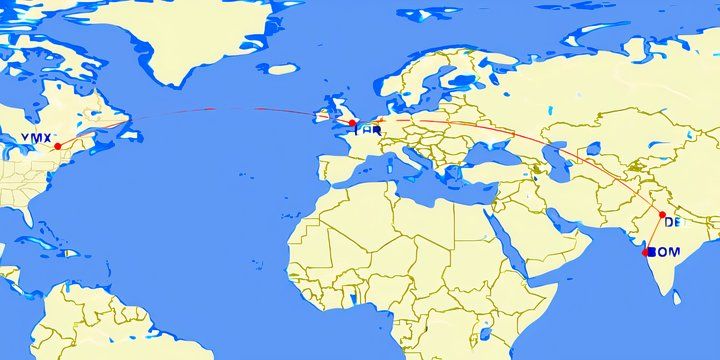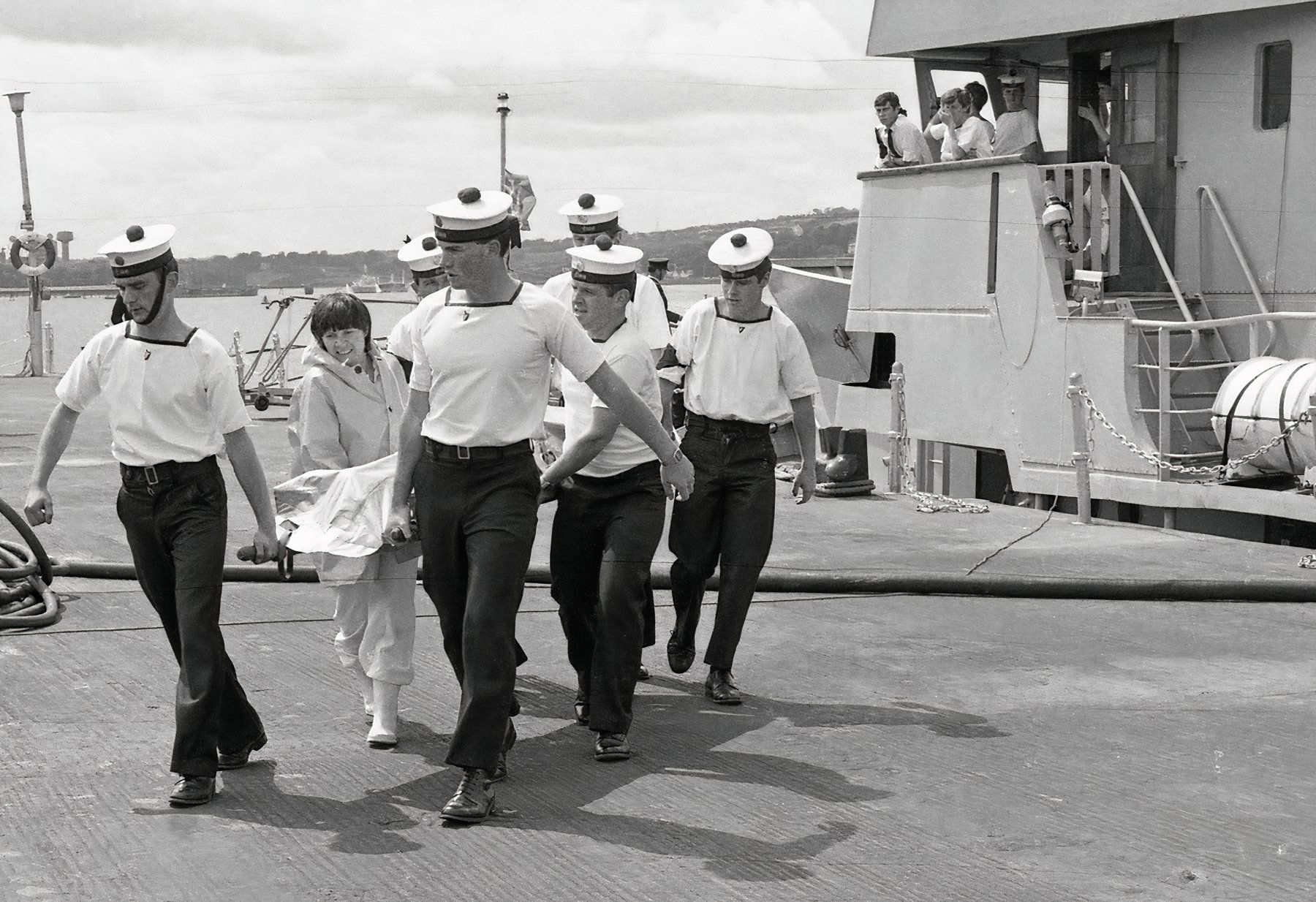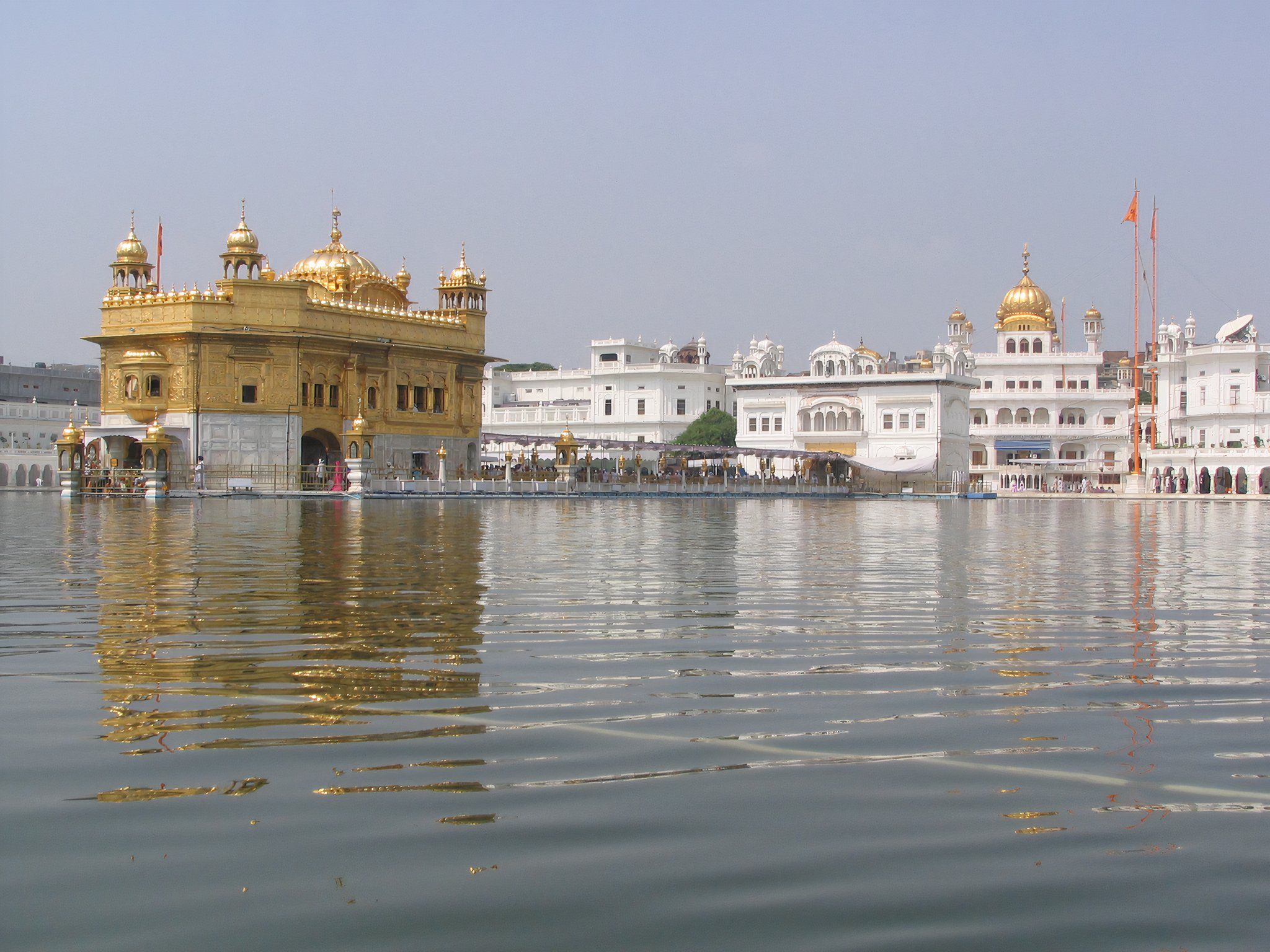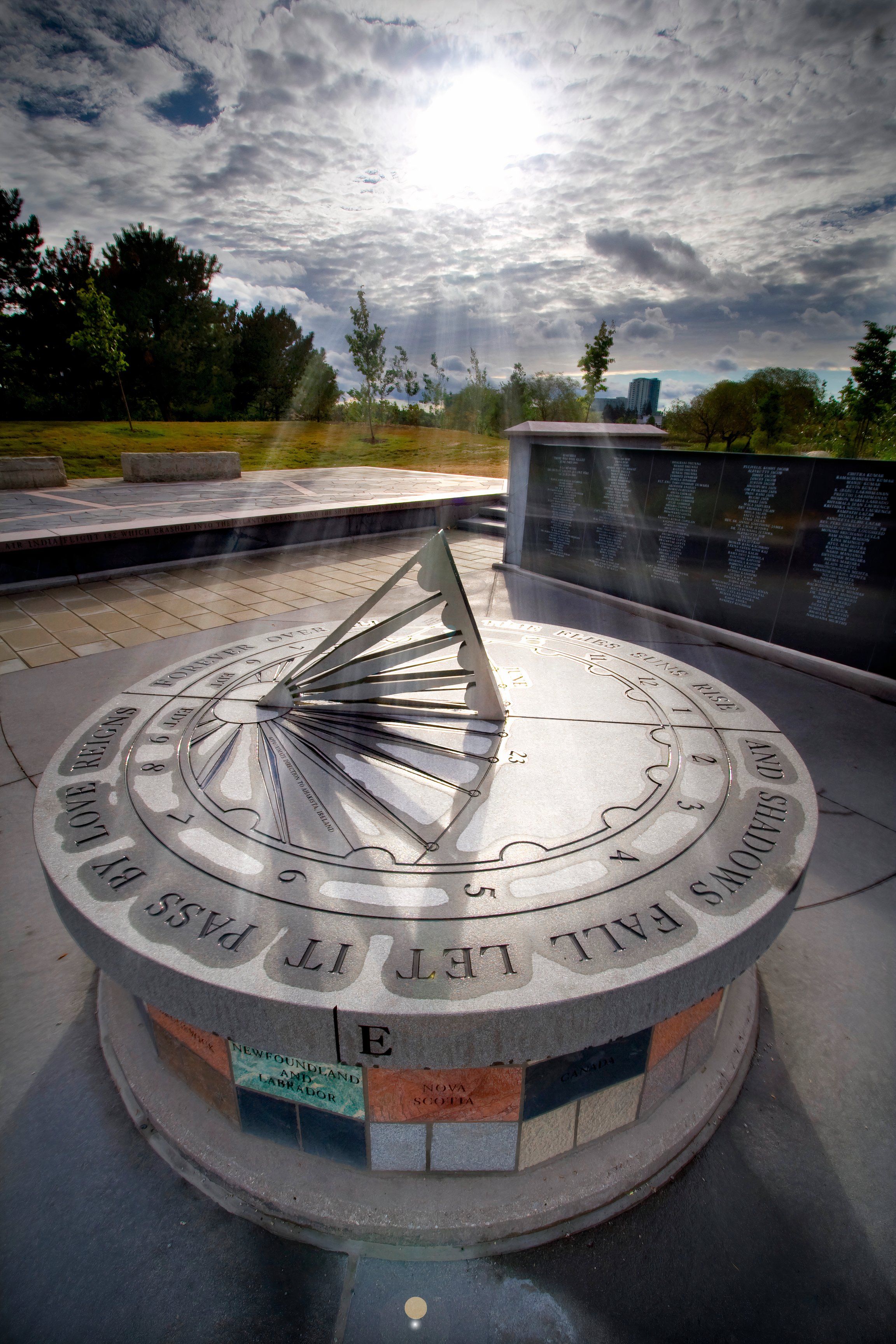Summary
- The Air India Flight 182 bombing resulted in 329 deaths due to a bomb placed by Canadian Sikh terrorists.
- Investigations focused on the Canadian Sikh community, leading to the conviction of Inderjit Singh Reyat.
- The tragedy was linked to the storming of the Golden Temple by the Indian Army and the later assassination of the PM.
The tragic story of how 329 passengers and crew lost their lives when a bomb planted by Canadian Sikh terrorists detonated during a flight between Montreal and London.
Air India Flight 182 was a regularly scheduled passenger flight from Montréal–Mirabel International Airport (YMX) to Chhatrapati Shivaji Maharaj International Airport (BOM) with stops at London Heathrow Airport (LHR) and Indira Gandhi International Airport (DEL),
Image: GCmaps
The aircraft involved in the incident was a seven-year-old Boeing 747-200 with the registration VT-EFO. On June 23, 1985, Air India flight 182 took off from Montréal–Mirabel International Airport (YMX) at 02:18 UTC for the first leg of its journey to London Heathrow Airport (LHR).
In command of the flight was 56-year-old Captain Hanse Singh Narendra, assisted by 41-year-old First Officer Satwinder Singh Bhinder and 57-year-old Flight Engineer Dara Dumasia.
Air India Flight 182 disappears from radar
Just after 08:09 Irish time, the aircraft squawked Shannon Airport (SSN) Air Traffic Control (ATC), using a 2005 code to identify itself; five minutes later, it disappeared from radar.
The sudden disappearance was caused by the detonation of a bomb that had been concealed in a Sanyo radio receiver in a suitcase in the forward cargo hold.
When the bomb detonated, the aircraft was at an altitude of 31,000 feet, 120 miles off the west coast of Ireland. Because of the sudden disappearance and the lack of any Mayday call, Irish Air Traffic Control feared the worst and contacted ships nearby to look for the plane.
A cargo ship found wreckage and bodies floating in the ocean
At 09:13 UTC, a roll-on-roll-off cargo ship named “Laurentian Forest” discovered the wreckage of the aircraft and many bodies floating in the Atlantic Ocean. Of the 329 passengers and crew, 132 bodies were recovered, with those remaining lost to the sea.
After several of the bodies exhibited flail pattern injuries to the chest and others appeared to have died from hypoxia (lack of oxygen), it was obvious to investigators that they had died before the plane hit the water.
All signs pointed to the plane breaking up midair, and after the flight recorder was retrieved and the wreckage of the aircraft on the seabed mapped, it was becoming evident that a bomb was responsible and that it was an act of terrorism.
Adding to the theory of it being a terrorist attack was the fact that a bomb hidden in luggage designed for Air India Flight 301 had detonated at Narita International Airport (NRT), killing two baggage handlers and injuring four others just hours before Air India Flight 182 had taken off for London.
Investigators determined that both bombs were set to explode simultaneously, but the perpetrators had not realized that Japan, unlike Canada, did not observe daylight saving time.
The lead-up to the bombing and what had triggered it
In the late 1970s, India’s Sikh community advocated for greater political rights and autonomy for Punjab. Sikh activists presented the government with a list of their demands, and they were immediately dismissed as a non-starter.
Now, with arrest warrants issued for their capture, Sikh militant Jarnail Singh Bhindranwale and other Sikh militants took up residence in the Golden Temple in the city of Amritsar.
On June 1, 1984, after a failure to persuade the militants to turn themselves in, Indian Prime Minister Indira Gandhi ordered the army to storm the temple and take the militants into custody.
Wanting to cause as minor damage as possible to a revered holy site, the Indian Army stormed the temple with light weapons.
What they did not know was that the militants they were trying to arrest possessed armor-piercing bullets and rocket-propelled grenades. Now realizing that they were up against a heavily armed, fortified enemy, the army brought in tanks and helicopters to flush the Sikhs out.
By June 10, the Indian Army was in control of the complex, but the operations had cost hundreds of lives on both sides.
Sikhs around the world saw the storming of the Golden Temple as an assault on the Sikh religion and the entire Sikh community, both at home and abroad. Five months after the storming of the temple, two Sikh bodyguards to Prime Minister Indira Gandhi, Satwant Singh and Beant Singh, assassinated her in her New Delhi home.
The investigation of Air India Flight 182
Within hours of the two bombs having gone off, the focus of attention was placed firmly on Canada’s Sikh community. Investigators soon learned that the same passenger had initially checked in both the suitcases involved in the bombing at Vancouver International Airport (YVR) and that the person checking the bags had never boarded a flight.
While this might seem impossible to fathom these days, back in 1985, airport security was nothing like it is today.
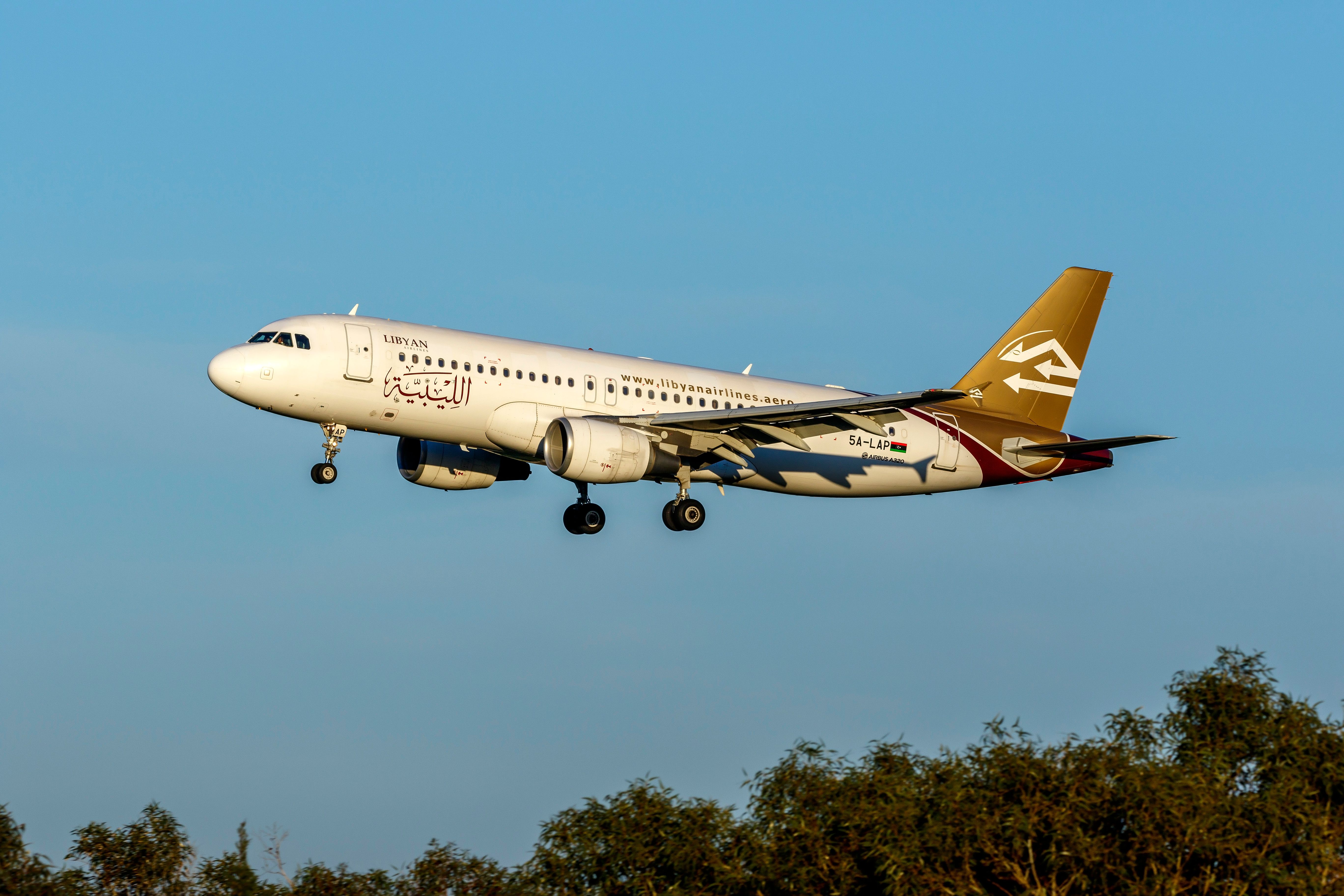
Related
The US Will Spend $4.5 Million On Improving Libya’s Airport Security
The US will help train more airport officers in Libya.
When it was discovered that the bomb on Flight 182 was concealed in a Sanyo radio tuner, the Royal Canadian Mounted Police (RCMP) began looking at every Sanyo tuner sold in British Columbia.
Their investigation uncovered that a mechanic named “Inderjit Singh Reyat” had purchased a Sanyo tuner in his hometown of Duncan, British Columbia. To help in their investigation, the RCMP contacted the Canadian Security Intelligence Service (CSIS) and learned that Inderjit Singh Reyat was a person of interest to them.
Further investigations revealed that Inderjit Singh Reyat had connections with militant Sikh groups in Canada, the United States, Britain, and India, and the one thing they all had in common was anger over the storming of the Golden Temple.
Despite many people being linked to the bombing, Inderjit Singh Reyat was the only person convicted and sent to prison.
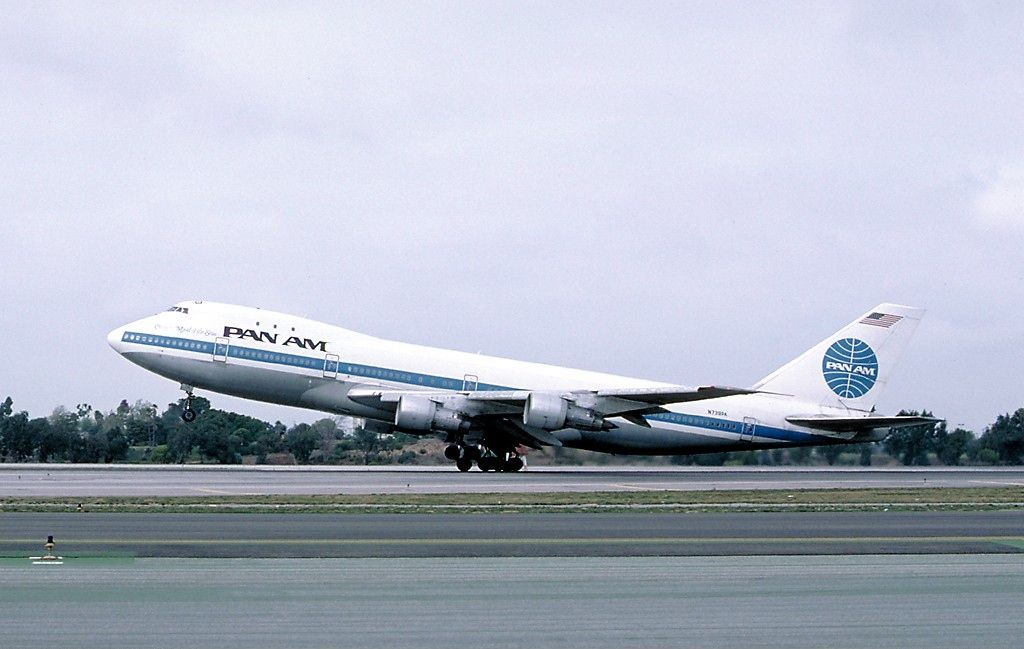
Related
Tragedy On Pan Am Flight 103: 34 Years Since The Lockerbie Bombing
The disaster is the deadliest aviation accident to ever have occurred on UK soil.


